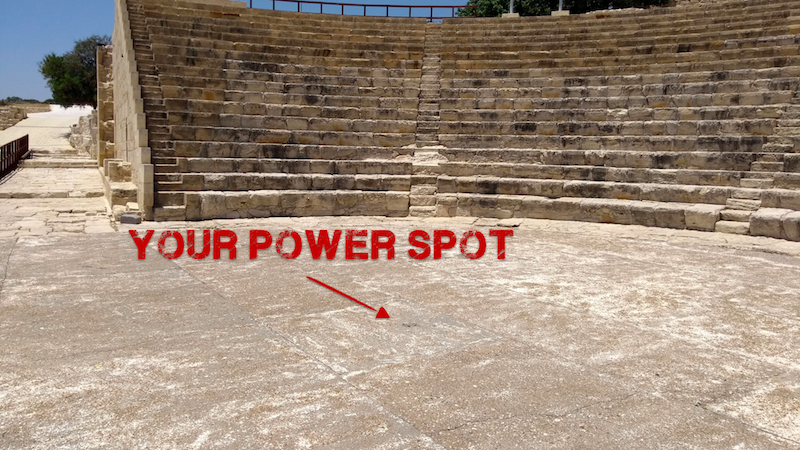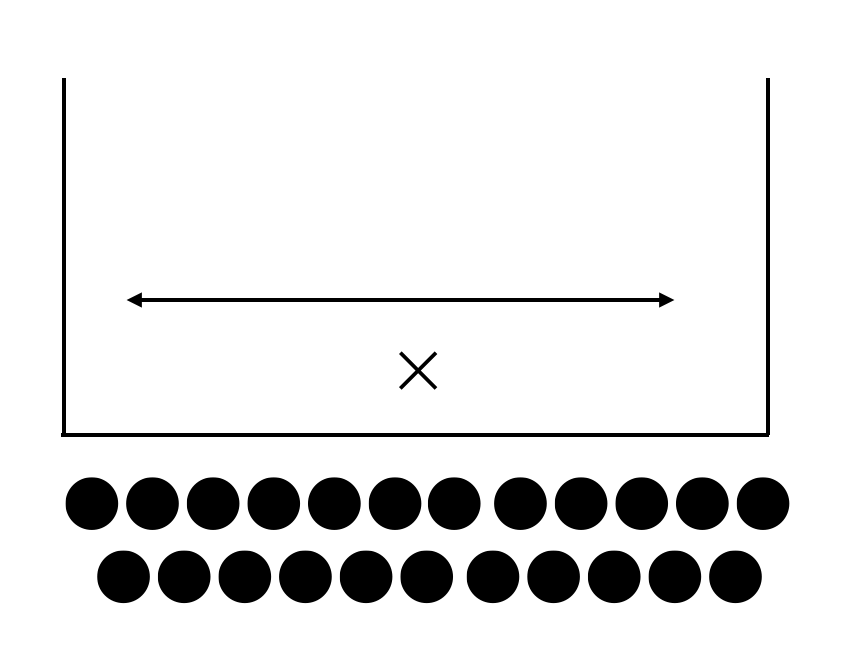Water
There. I spoiled it. Drink water. You can go back surfing the web now.
Speaking is hard on the vocal cords. Doubly so in an airconditioned environment. Your voice needs lubrication. Water does the trick.
Although I wonder why…
The water you drink travels down your esophagus (the food pipe), while your vocal cords are located in your trachea (the wind pipe). And never the twain should meet – as anyone who ever choked will know.
But water it is.
Why not coffee?
Most speakers tend to be a bit nervous before getting on stage. Some people more than a bit. When you’re nervous your hormonal glands excrete a whole hormonal mix to keep you alert. Cortisol. Adrenaline. Norepinephrine. They’ll make your heart pump, your cheeks color, and your sweat glands sweat. No need to add caffeine to the mix, thank you very much. Enough is enough.
How about alcohol?
As seen on TV… Some (stand up) artists need a drink to be able to perform. Some keep drinking on stage. Alcohol calms the nerves, right? It loosens the mind.
It does come with some problems though. Addiction (as seen on TV…), a full bladder (alcohol is diuretic), and a perception filter: you think you’re speaking better, but you might be the only one thinking so.
Cola! Orange juice!
Bubbles? Burp.
Sugar? Rush and crush.
There’s enough going on inside your body when you speak. No need to add anything to the mix but water. Although I still wonder how it works to lubricate the vocal cords…



